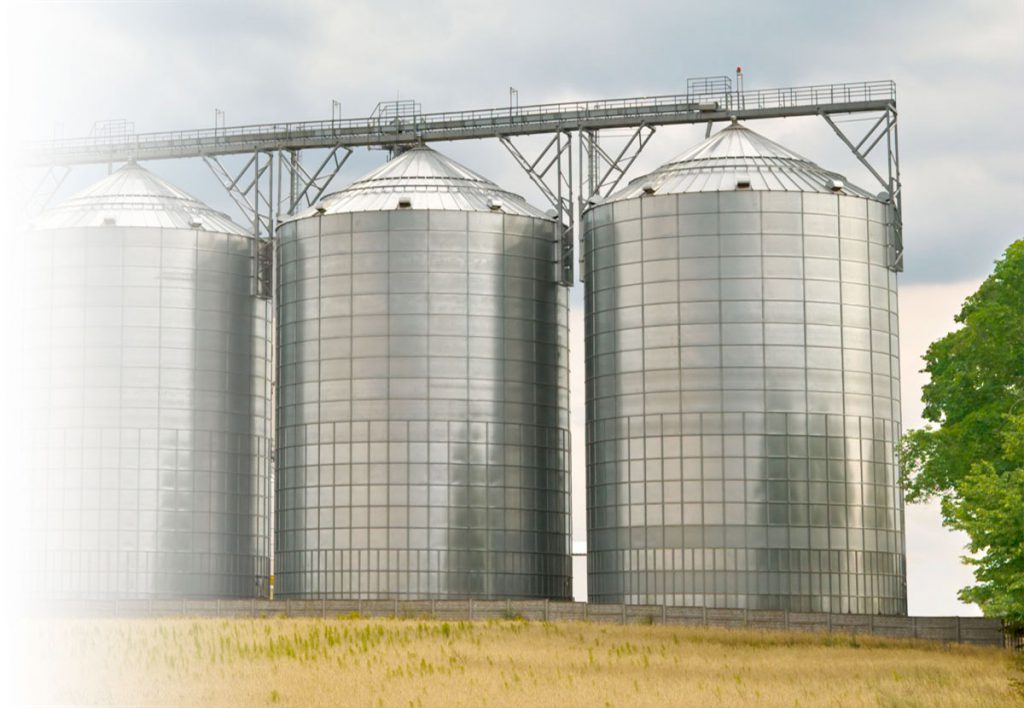Stainless steel was envisaged as a corrosion-resistant iron alloy that could resist both chemical attack from various acids as well as oxidation. Conventional steel products can be galvanised with a coating of protective material such as zinc, to eliminate the risk of iron molecules interacting with the environment and causing the product to chemically degrade. This is inefficient compared to stainless steel which uses atoms within the material structure itself to form a protective film that is inherently part of the alloy. This is achieved by introducing chromium into the alloying system.
Chromium is a hard mineral with good corrosion resistant properties. It has been compounded with iron since the early 19th Century, but conventional metallurgists were incapable of producing an alloy that would constitute stainless steel as increasing the chromium content of an iron alloy at the expense of carbon resulted in a highly brittle metal.
Despite these initial difficulties, there are now five distinct grades of stainless steel: austenitic; ferritic; martensitic; duplex; and precipitation hardening grades. This blog post will focus on austenitic stainless steel in further detail.
What is Austenitic Stainless Steel?
Austenitic stainless steels are characterised by their face-centred cubic (FCC) crystal structure which supports comprehensive corrosion resistance across a broad temperature range. This is due to the microstructural arrangement of chromium and nickel within the alloy.
All stainless steels contain at least 10.5% chromium with varying concentrations of additional alloying elements such as carbon, nickel, and manganese. Austenitic steel alloys are comprised of between 6 – 10% nickel with a minimum 16% chromium content. These elevated mineral contents, arranged in an FCC microstructure, moderate the oxidation of iron by readily reacting with water or air to form a thin protective film.
The protective film of an austenitic stainless steel is typically just a few atomic layers thick, making the patina invisible without the aid of spectroscopic analysis.
The Importance of Austenitic Stainless Steel
Austenitic stainless steel comprises approximately two thirds of stainless steel production worldwide. It is desirable for an array of applications due to its passive protection layer and high suitability for temperatures below freezing. The material can easily cope with operating conditions that may cause embrittlement in alternative steels, making it suitable for cryogenic storage of corrosive chemicals, acids, and solutions of varying pH levels.
Applications of Austenitic Stainless Steel
Austenitic stainless steels retain their unique physiochemical properties after welding and profiling, enabling the fabrication of complex metal components and curved structures. It is commonly used to construct cryogenic pressure vessels, chemical tanks, ovens, and hygienic food processing equipment.
Stainless Steels from Masteel
Masteel supplies an extensive range of steel grades for use in a broad range of industrial and commercial applications. We are experts in the suitability of different metals for distinct applications, with detailed knowledge of when and how to use each of the primary categories of stainless steel.
Read more about the Stainless Steel Families to find out more, or contact us directly to discuss our stainless steel grades in more detail.

